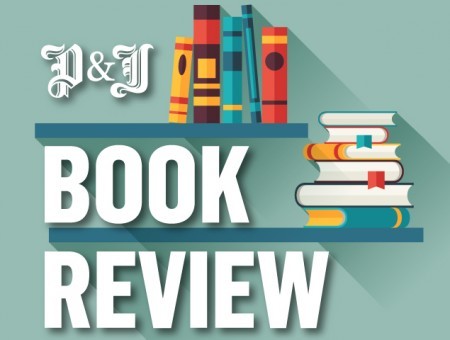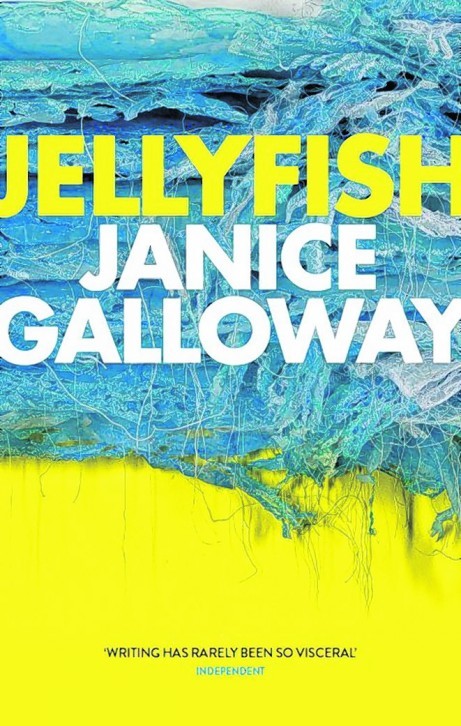Hardback by Freight Books, £12.99 (ebook
£8.99)
In her first collection of short stories for five years, Janice Galloway has taken inspiration from the observation of a fellow writer. David Lodge wrote that “Literature is mostly about having sex and not much about
having children; life’s the other way round”.
With Jellyfish, Galloway has created a series
of tales examining love, sex and parenthood.
Longlisted for the prestigious Frank O’Connor
Short Story prize for this collection before
it was even published, Galloway’s writing
pedigree is obvious.
She is regarded as one of the UK’s best
contemporary authors and has won awards for
her previous works, including The Trick is to
Keep Breathing, and Foreign Parts.
Some of the tales in Jellyfish are just a
couple of pages long, giving the reader the
briefest of glimpses into the fragmented
thoughts inside her characters’ heads as they
tackle problems and opportunities.
Emotions are raw and Galloway’s bluntness does
not make a comfortable experience.
The story giving the collection its title
follows a young mother taking her young son
through an unnamed town, detailing the woman’s
observations and worries.
In another, Galloway fictionalises George
Orwell’s time on Jura when he was fighting
tuberculosis, emphasising his frailty in the
face of the illness and his concerns for the
future.
But as a reader unfamiliar with Galloway’s
style of storytelling, it felt difficult to
love these stories first time around but they
definitely warrant a second look.

